-
Executive Summary
-
Scope of the Report
-
Market Definition
-
Scope of the Study
- Research Objectives
- Assumptions & Limitations
-
Markets Structure
-
Market Research Methodology
-
Research Process
-
Secondary Research
-
Primary Research
-
Forecast Model
-
Market Landscape
-
Supply Chain Analysis
- Raw Material Suppliers
- Manufacturers/Producers
- Distributors/Retailers/Wholesalers/E-Commerce
- End Use
-
Porter’s Five Forces Analysis
- Threat of New Entrants
- Bargaining Power of Buyers
- Bargaining Power of Suppliers
- Threat of Substitutes
- Intensity of Competitive Rivalry
-
Market Dynamics of Global Abrasion Resistant Coatings Market
-
Introduction
-
Drivers
-
Restraints
-
Opportunities
-
Challenges
-
Trends/Technology
-
Global Abrasion Resistant Coatings Market, by Type
-
Introduction
-
Metal/ Ceramic
- Market Estimates & Forecast, 2020−2027
- Market Estimates & Forecast, by Region, 2020−2027
-
Polymer
- Market Estimates & Forecast, 2020−2027
- Market Estimates & Forecast, by Region, 2020−2027
-
Global Abrasion Resistant Coatings Market, by End Use
-
Introduction
-
Oil & Gas
- Market Estimates & Forecast, 2020−2027
- Market Estimates & Forecast, by Region, 2020−2027
-
Marine
- Market Estimates & Forecast, 2020−2027
- Market Estimates & Forecast, by Region, 2020−2027
-
Power Generation
- Market Estimates & Forecast, 2020−2027
- Market Estimates & Forecast, by Region, 2020−2027
-
Transportation
- Market Estimates & Forecast, 2020−2027
- Market Estimates & Forecast, by Region, 2020−2027
-
Mining
- Market Estimates & Forecast, 2020−2027
- Market Estimates & Forecast, by Region, 2020−2027
-
Construction
- Market Estimates & Forecast, 2020−2027
- Market Estimates & Forecast, by Region, 2020−2027
-
Others
- Market Estimates & Forecast, 2020−2027
- Market Estimates & Forecast, by Region, 2020−2027
-
Global Abrasion Resistant Coatings Market, by Region
-
Introduction
-
North America
- Market Estimates & Forecast, 2020−2027
- Market Estimates & Forecast, by Type, 2020−2027
- Market Estimates & Forecast, by End Use, 2020−2027
- US
- Canada
-
Europe
- Market Estimates & Forecast, 2020−2027
- Market Estimates & Forecast, by Type, 2020−2027
- Market Estimates & Forecast, by End Use, 2020−2027
- Germany
- France
- Italy
- Spain
- UK
- Russia
- Poland
- Rest of Europe
-
Asia-Pacific
- Market Estimates & Forecast, 2020−2027
- Market Estimates & Forecast, by Type, 2020−2027
- Market Estimates & Forecast, by End Use, 2020−2027
- China
- India
- Japan
- Australia & New Zealand
- Rest of Asia-Pacific
-
Middle East & Africa
- Market Estimates & Forecast, 2020−2027
- Market Estimates & Forecast, by Type, 2020−2027
- Market Estimates & Forecast, by End Use, 2020−2027
- UAE
- Israel
- North Africa
- Turkey
- Rest of Middle East & Africa
-
Latin America
- Market Estimates & Forecast, 2020−2027
- Market Estimates & Forecast, by Type, 2020−2027
- Market Estimates & Forecast, by End Use, 2020−2027
- Brazil
- Argentina
- Mexico
- Rest of Latin America
-
Company Landscape
-
Introduction
-
Market Strategy
-
Key Development Analysis (Expansion/Merger & Acquisitions/Joint Venture/New Product Development/Agreement/Investment)
-
Company Profiles
-
Akzo Nobel NV
- Company Overview
- Financial Updates
- Product/Business Segment Overview
- Strategy
- Key Developments
- SWOT Analysis
-
Saint-Gobain
- Company Overview
- Financial Updates
- Product/Business Segment Overview
- Strategy
- Key Developments
- SWOT Analysis
-
Jotun A/S
- Company Overview
- Financial Updates
- Product/Business Segment Overview
- Strategy
- Key Developments
- SWOT Analysis
-
The Sherwin-Williams Company
- Company Overview
- Financial Updates
- Product/Business Segment Overview
- Strategy
- Key Developments
- SWOT Analysis
-
Hempel A/S
- Company Overview
- Financial Updates
- Product/Business Segment Overview
- Strategy
- Key Developments
- SWOT Analysis
-
Praxair Surface Technologies Inc.
- Company Overview
- Financial Updates
- Product/Business Segment Overview
- Strategy
- Key Developments
- SWOT Analysis
-
PPG Industries
- Company Overview
- Financial Updates
- Product/Business Segment Overview
- Strategy
- Key Developments
- SWOT Analysis
-
Evonik Industries
- Company Overview
- Financial Updates
- Product/Business Segment Overview
- Strategy
- Key Developments
- SWOT Analysis
-
Sika AG
- Company Overview
- Financial Updates
- Product/Business Segment Overview
- Strategy
- Key Developments
- SWOT Analysis
-
Arkema SA
- Company Overview
- Financial Updates
- Product/Business Segment Overview
- Strategy
- Key Developments
- SWOT Analysis
-
Hardide Plc
- Company Overview
- Financial Updates
- Product/Business Segment Overview
- Strategy
- Key Developments
- SWOT Analysis
-
Henkel
- Company Overview
- Financial Updates
- Product/Business Segment Overview
- Strategy
- Key Developments
- SWOT Analysis
-
Conclusion
-
LIST OF TABLES
-
Global Abrasion Resistant Coatings Market: by Region, 2020−2027
-
North America: Abrasion Resistant Coatings Market, by Country, 2020−2027
-
Europe: Abrasion Resistant Coatings Market, by Country, 2020−2027
-
Asia-Pacific: Abrasion Resistant Coatings Market. by Country, 2020−2027
-
Middle East & Africa: Abrasion Resistant Coatings Market, by Country, 2020−2027
-
Latin America: Abrasion Resistant Coatings Market, by Country, 2020−2027
-
Global Abrasion Resistant Coatings Type Market, by Regions, 2020−2027
-
North America: Abrasion Resistant Coatings Type Market, by Country, 2020−2027
-
Europe: Abrasion Resistant Coatings Type Market, by Country, 2020−2027
-
Table10 Asia-Pacific: Abrasion Resistant Coatings Type Market, by Country, 2020−2027
-
Table11 Middle East & Africa: Abrasion Resistant Coatings Type Market, by Country, 2020−2027
-
Table12 Latin America: Abrasion Resistant Coatings Type Market, by Country, 2020−2027
-
Global Abrasion Resistant Coatings End Use Market, by Regions, 2020−2027
-
Table14 North America: Abrasion Resistant Coatings End Use Market, by Country, 2020−2027
-
Table15 Europe: Abrasion Resistant Coatings End Use Market, by Country, 2020−2027
-
Table16 Asia-Pacific: Abrasion Resistant Coatings End Use Market, by Country, 2020−2027
-
Table17 Middle East & Africa: Abrasion Resistant Coatings End Use Market, by Country, 2020−2027
-
Table18 Latin America: Abrasion Resistant Coatings by End Use Market, by Country, 2020–2027
-
Table19 Global Type Market, by Region, 2020−2027
-
Table20 Global End Use Market, by Region, 2020−2027
-
Table21 North America: Abrasion Resistant Coatings Market, by Country, 2020−2027
-
Table22 North America: Abrasion Resistant Coatings Market, by Type, 2020−2027
-
Table23 North America: Abrasion Resistant Coatings Market, by End Use, 2020−2027
-
Table24 Europe: Abrasion Resistant Coatings Market, by Country, 2020−2027
-
Table25 Europe: Abrasion Resistant Coatings Market, by Type, 2020−2027
-
Table26 Europe: Abrasion Resistant Coatings Market, by End Use, 2020−2027
-
Table27 Asia-Pacific: Abrasion Resistant Coatings Market, by Country, 2020−2027
-
Table28 Asia-Pacific: Abrasion Resistant Coatings Market, by Type, 2020−2027
-
Table29 Asia-Pacific: Abrasion Resistant Coatings Market, by End Use, 2020−2027
-
Table30 Middle East & Africa: Abrasion Resistant Coatings Market, by Country, 2020−2027
-
Table31 Middle East & Africa: Abrasion Resistant Coatings Market, by Type, 2020−2027
-
Table32 Middle East & Africa: Abrasion Resistant Coatings Market, by End Use, 2020−2027
-
Table33 Latin America: Abrasion Resistant Coatings Market, by Country, 2020−2027
-
Table34 Latin America: Abrasion Resistant Coatings Market, by Type, 2020−2027
-
Table35 Latin America: Abrasion Resistant Coatings Market, by End Use, 2020−2027
-
LIST OF FIGURES
-
Global Abrasion Resistant Coatings Market Segmentation
-
Forecast Research Methodology
-
Porter’s Five Forces Analysis of Global Abrasion Resistant Coatings Market
-
Value Chain of Global Abrasion Resistant Coatings Market
-
Share of Global Abrasion Resistant Coatings Market in 2020, by Country
-
Global Abrasion Resistant Coatings Market, 2020−2027,
-
Global Abrasion Resistant Coatings Market Size, by Type, 2020
-
Share of Global Abrasion Resistant Coatings Market, by Type, 2020−2027
-
Global Abrasion Resistant Coatings Market Size, by End Use, 2020
-
FIGURE10 Share of Global Abrasion Resistant Coatings Market, by End Use, 2020−2027
-
"

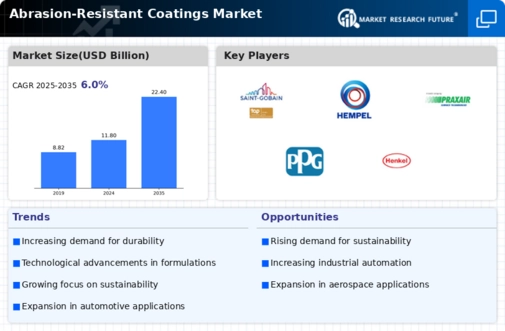
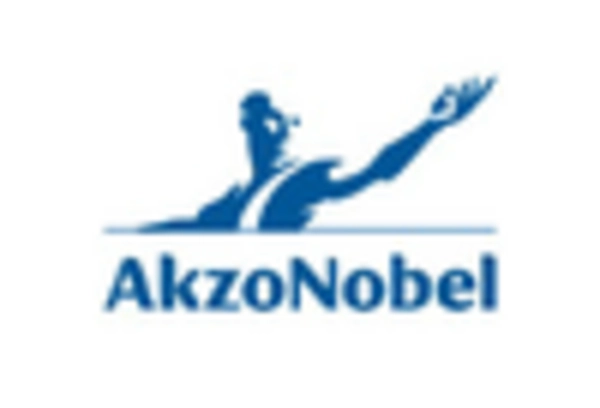

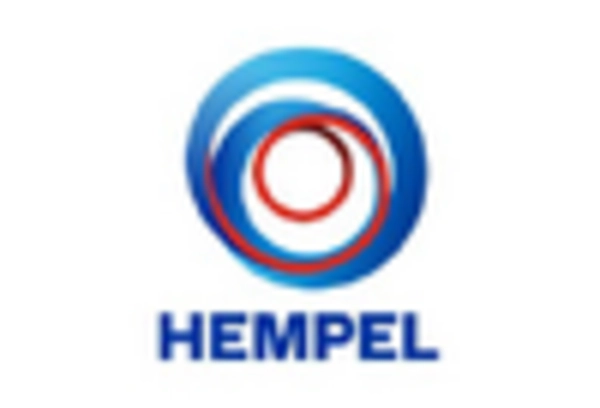
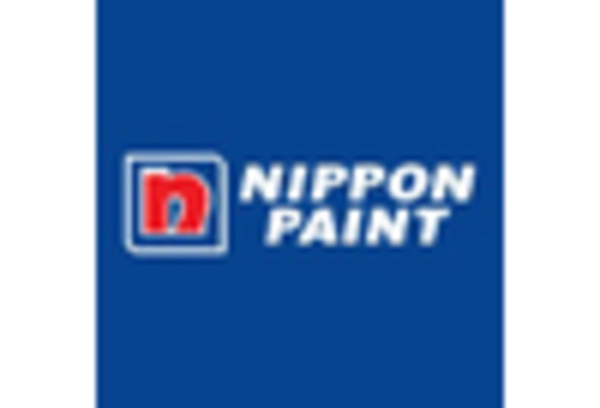
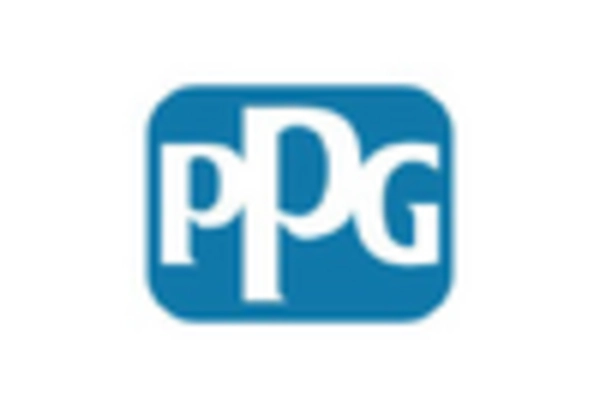
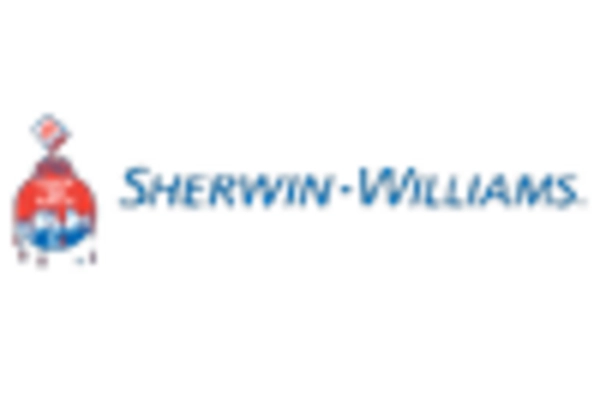









Leave a Comment